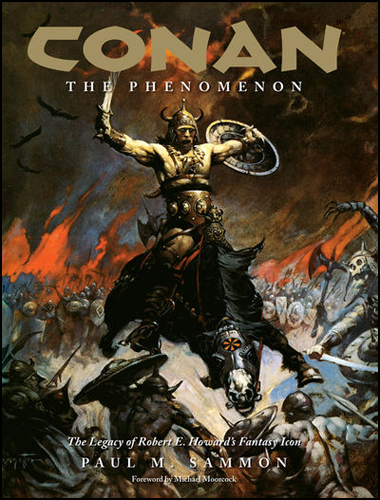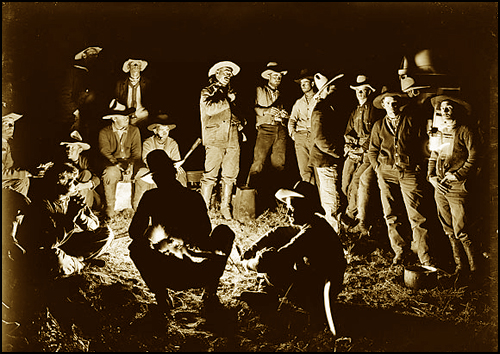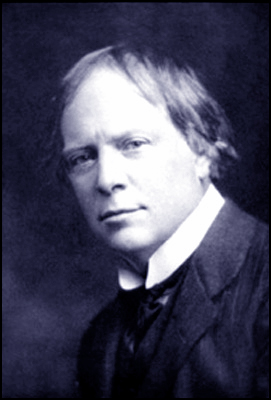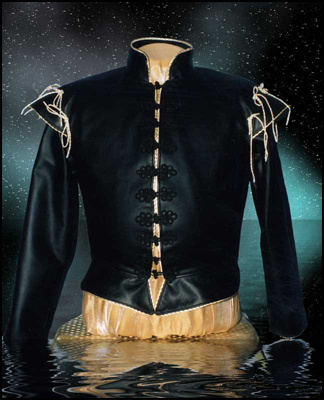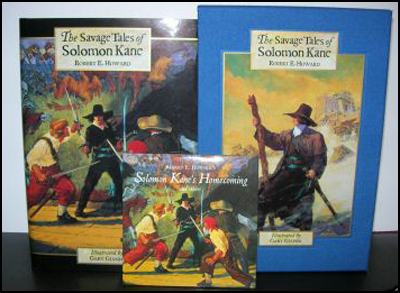
WHAT’S HOT: Wandering Star’s Solomon Kane, as envisioned by Gary Gianni. After reaching top prices of over $1000 in some instances for the Limited Edition (forget about the ultra-rare leather edition), prices for this have dropped steadily since the Del Rey trade paperback appeared. This latest copy sold on eBay for $380.00 (another copy was bid up to $427.22, but the reserve was not met). Add to this the fact that a Gianni-inspired Kane statue sold around the same time for $325.00 in furious bidding, and it’s a pretty good showing for the now somewhat venerable presentation of the Puritan.
My guess is that prices on the Wandering Star books are beginning to stabilize, and that $300-$400 is what you can expect to shell out for a copy of The Savage Tales of Solomon Kane for the foreseeable future. That’s only about double the price it cost to buy it new, but not too bad for a collectible and fully-illustrated volume. Presumably, as time passes and more copies get lost or destroyed or damaged, the remaining fine copies will inch up in price. If Howard fandom experiences any serious growth as a result of the coming onslaught of films and books, that might spike it up, too. Certainly Solomon Kane remains the best illustrated of the Wandering Star volumes to my mind, the one where artist and subject were most perfectly matched (it also seems as if there are more illos in this book than the others). The other books all have their champions and detractors art-wise, but few have argued that Gianni failed to nail Kane.
Other Wandering Star titles may be stabilizing as well. The Ultimate Triumph, for example, recently sold in the Limited state for a flat $100.00. Frazetta is Frazetta, so on the one hand you might expect this title to go for a bit more than a single Benjamin. Then again, much of the art is mere sketchwork, and while it’s been linked to the stories often quite cleverly, it just doesn’t have that cohesive, made-to-order feel of Gianni’s Kane drawings and paintings. My biggest problem with the WS books has always been that they are a lot more fun to have on the shelf than to read, as the text is quite small and you are always worried about spilling something on them. But the stories in this volume are all top rate, and Frazetta even in minimalist form is, as I said, F-R-A-Z-E-T-T-A.
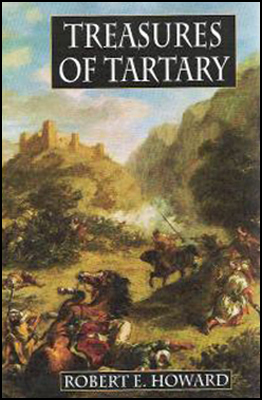
WHAT’S COLD: Wildside Howard hardcovers. Just about everything they’ve put out remains in constant circulation on eBay at list price without getting sold. It’s understandable: for much of that material, this series represents the umpteenth time they’ve been reprinted, and who is about to give up their Grant, Arkham, Bison, and Wandering Star editions in favor of what basically amount to public domain, print-on-demand versions. Wildside’s books are also a bit garish for my tastes, with in many cases bright yellow titles and generally poor artwork on the cover and poor sans-serif fonts in the interiors. I think of all of them my favorite has been Treasures of Tartary, as it seemed a bit better designed than most. But one can easily see newer editions supplanting these in the future, dooming these to the eBay doldrums normally reserved for the cheap paperbacks of the 70s.
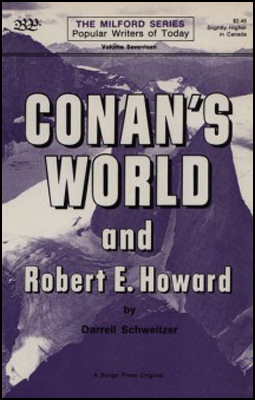
WHAT TO WATCH: Conan’s World and Robert E. Howard. James Van Hise (editor of the equally cold Fantastic Worlds of Robert E. Howard) is trying to sell the infamous Conan’s World at a starting price of $14.99, with a BUY IT NOW price of $20.00, AND an astronomical $10 priority shipping charge for a book so small and thin it would have zero problem fitting comfortably in a $4.60 USPS priority flat rate envelope (even flat-rate boxes are only $8.95). This for a book which everybody — even the author himself — calls the single worst book on Robert E. Howard ever written, ever. Add to that the fact that never-read copies of the same book (after thirty years, it’s still hasn’t sold out it’s original run) are available from Wildside Press for only $10, and you have to conclude that Van Hise is hoping that one of you is a complete idiot. The auction even has the gall to post a picture of a noticeably browned copy and call it “mint.”
If you really feel you need to shell out money for this book, I suggest contacting Darrell yourself, as last I heard he still has a stack of them that he sells at conventions for $3 or so (although perhaps the Wildside website is not only selling the old Borgo stash at $10 a pop, but Darrell’s excess copies as well). Every time I think I’ve seen it all….
Speaking of what’s cold, it seems I lasted about a week of posting REHupas on eBay before running out of steam. I’ll have to start that again soon. Each one has sold for almost $50, which as I’ve said is the new average price for a REHupa (a few years ago, which may as well be a million at this point, it was $20). Once guys like me have exhausted our store of old ‘zines and a new generation of collectors has snapped them up, REHupa mailings are going to become mighty scarce, held long-term and seldom coming to market. The universe of extant copies is so small, and the contents frequently so valuable, that in the coming years collecting REHupas is going to get brutal.



